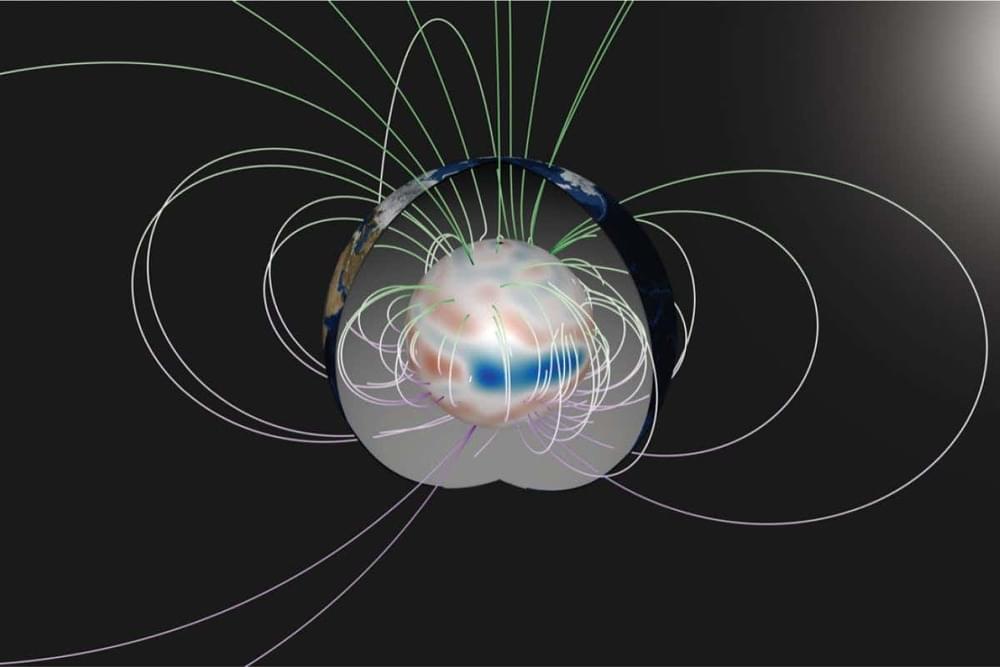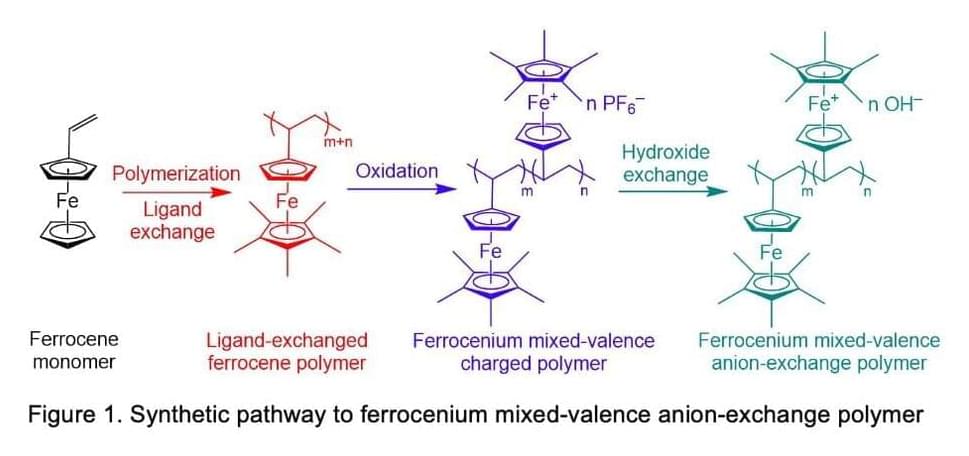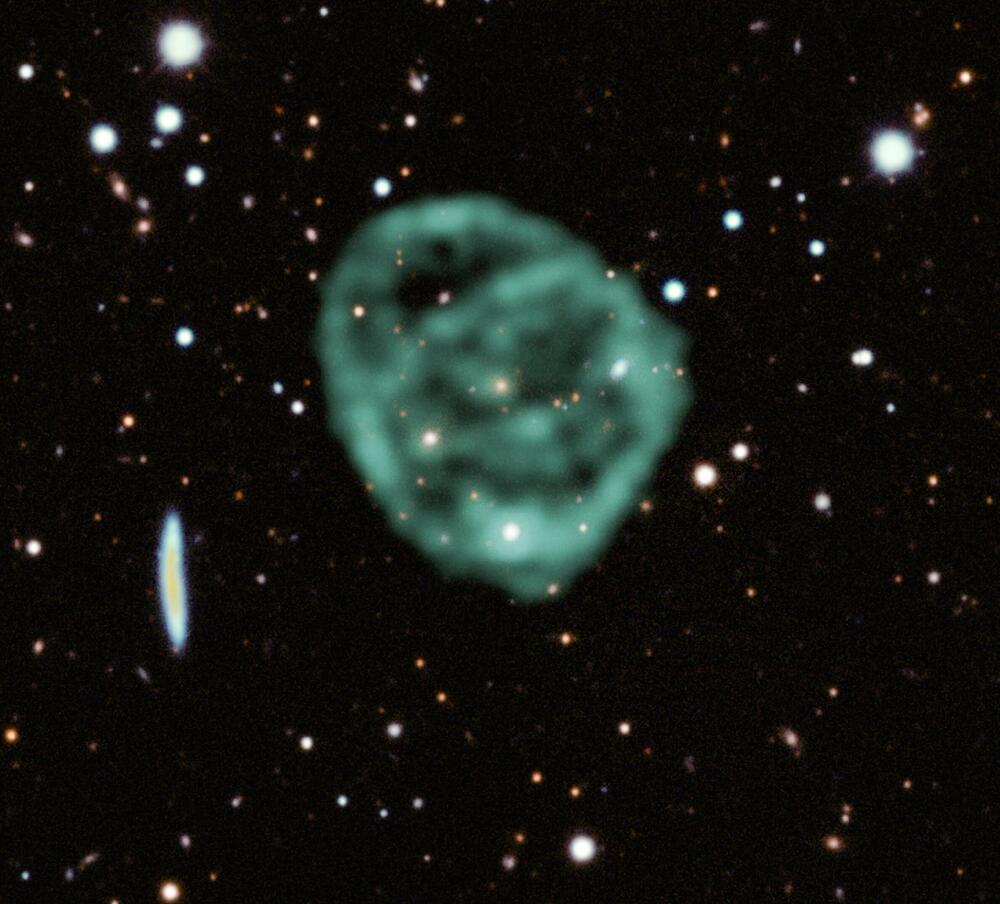Fluctuations in Earth’s magnetic field that repeat every seven years can be used to probe the inner workings of our planet.



In theory, competition among ride-hailing companies should be a good thing, providing more options for consumers. In practice, having too many ride-hailing vehicles adds to urban congestion. How can cities balance these factors?
A new study co-authored by MIT researchers, in collaboration with the Institute for Informatics and Telematics of the National Research Council of Italy, provides a model that shows the extent to which ride-sharing competition clogs the streets—allowing analysts and policymakers to estimate how many vehicles and firms might form an optimally-sized market in a given metro area.
“What this shows is that by not coordinating ride-hailing companies, we are creating a huge amount of additional traffic,” says Carlo Ratti, a professor in MIT’s Department of Urban Studies and Planning (DUSP) and co-author of a new paper detailing the study’s results. “If cities were to use a platform to coordinate ride-hailing, we could reduce overall congestion and traffic in cities all over the world.”

Translator, a Microsoft Azure Cognitive Service, is adopting Z-code Mixture of Experts models, a breakthrough AI technology that significantly improves the quality of production translation models. As a component of Microsoft’s larger XYZ-code initiative to combine AI models for text, vision, audio, and language, Z-code supports the creation of AI systems that can speak, see, hear, and understand. This effort is a part of Azure AI and Project Turing, focusing on building multilingual, large-scale language models that support various production teams. Translator is using NVIDIA GPUs and Triton Inference Server to deploy and scale these models efficiently for high-performance inference. Translator is the first machine translation provider to introduce this technology live for customers.
Z-code MoE boosts efficiency and quality
Z-code models utilize a new architecture called Mixture of Experts (MoE), where different parts of the models can learn different tasks. The models learn to translate between multiple languages at the same time. The Z-code MoE model utilizes more parameters while dynamically selecting which parameters to use for a given input. This enables the model to specialize a subset of the parameters (experts) during training. At runtime, the model uses the relevant experts for the task, which is more computationally efficient than utilizing all model’s parameters.
Black holes with masses equivalent to millions of suns do put a brake on the birth of new stars, say astronomers. Using machine learning and three state-of-the-art simulations to back up results from a large sky survey, researchers from the University of Cambridge have resolved a 20-year long debate on the formation of stars.
Star formation in galaxies has long been a focal point of astronomy research. Decades of successful observations and theoretical modeling resulted in our good understanding of how gas collapses to form new stars both in and beyond our own Milky Way. However, thanks to all-sky observing programs like the Sloan Digital Sky Survey (SDSS), astronomers realized that not all galaxies in the local Universe are actively star-forming—there exists an abundant population of “quiescent” objects which form stars at significantly lower rates.
The question of what stops star formation in galaxies remains the biggest unknown in our understanding of galaxy evolution, debated over the past 20 years. Joanna Piotrowska and her team at the Kavli Institute for Cosmology set up an experiment to find out what might be responsible.

Anion exchange membranes (AEMs) are semipermeable fuel cell components that can conduct anions but reject cations and gases. This enables the partition of substances that could chemically react with one another, thus allowing the cells to operate properly.
A team of researchers at Tianjin University in China have recently developed new types of AEMs that are based on a newly designed ferrocenium material. Their membranes, presented in a paper published in Nature Energy, were found to achieve highly promising results in terms of power output, durability, and ohmic resistance.
“As the oriented mixed-valence ferrocenium material developed in our study is entirely new for the AEM field, we encountered many difficulties and frustrations along the way,” Michael D. Guiver, one of the researchers who carried out the study, told TechXplore. “We spent a long research period and much effort, both experimentally and theoretically, to achieve these good outcomes. The whole process from initial conceptualization to final publication was convoluted, but fortunately successful.”

UNLV researchers have discovered a new form of ice, redefining the properties of water at high pressures.
Solid water, or ice, is like many other materials in that it can form different solid materials based on variable temperature and pressure conditions, like carbon forming diamond or graphite. However, water is exceptional in this aspect as there are at least 20 solid forms of ice known to us.
A team of scientists working in UNLV’s Nevada Extreme Conditions Lab pioneered a new method for measuring the properties of water under high pressure. The water sample was first squeezed between the tips of two opposite-facing diamonds—freezing into several jumbled ice crystals. The ice was then subjected to a laser-heating technique that temporarily melted it before it quickly re-formed into a powder-like collection of tiny crystals.

The six-foot drone is made by by ZALA Aero, a subsidiary of famed Russian arms manufacturer Kalashnikov. After being fired from a portable launcher the KUB-BLA can loiter over a target area for up to half an hour, flying at speeds of around 80mph.
Once it has recognised a suitable target it deliberately crashes into it, detonating its seven-pound high explosive payload.


There are about 6,500–7,000 languages currently spoken in the world. But that’s less than a quarter of all the languages people spoke over the course of human history. That total number is around 31,000 languages, according to some linguistic estimates. Every time a language is lost, so goes that way of thinking, of relating to the world. The relationships, the poetry of life uniquely described through that language are lost too. But what if you could figure out how to read the dead languages? Researchers from MIT and Google Brain created an AI-based system that can accomplish just that.
While languages change, many of the symbols and how the words and characters are distributed stay relatively constant over time. Because of that, you could attempt to decode a long-lost language if you understood its relationship to a known progenitor language. This insight is what allowed the team which included Jiaming Luo and Regina Barzilay from MIT and Yuan Cao from Google’s AI lab to use machine learning to decipher the early Greek language Linear B (from 1,400 BC) and a cuneiform Ugaritic (early Hebrew) language that’s also over 3,000 years old.

Astronomy’s newest mystery objects—odd radio circles, or ORCs—have been pulled into sharp focus by an international team of astronomers using the world’s most capable radio telescopes.
When first revealed in 2020 by the ASKAP radio telescope, owned and operated by Australia’s national science agency CSIRO, odd radio circles quickly became objects of fascination. Theories on what causes them ranged from galactic shockwaves to the throats of wormholes.
A new detailed image, captured by the South African Radio Astronomy Observatory’s MeerKAT radio telescope and published today in Monthly Notices of the Royal Astronomical Society, is providing researchers with more information to help narrow down those theories.